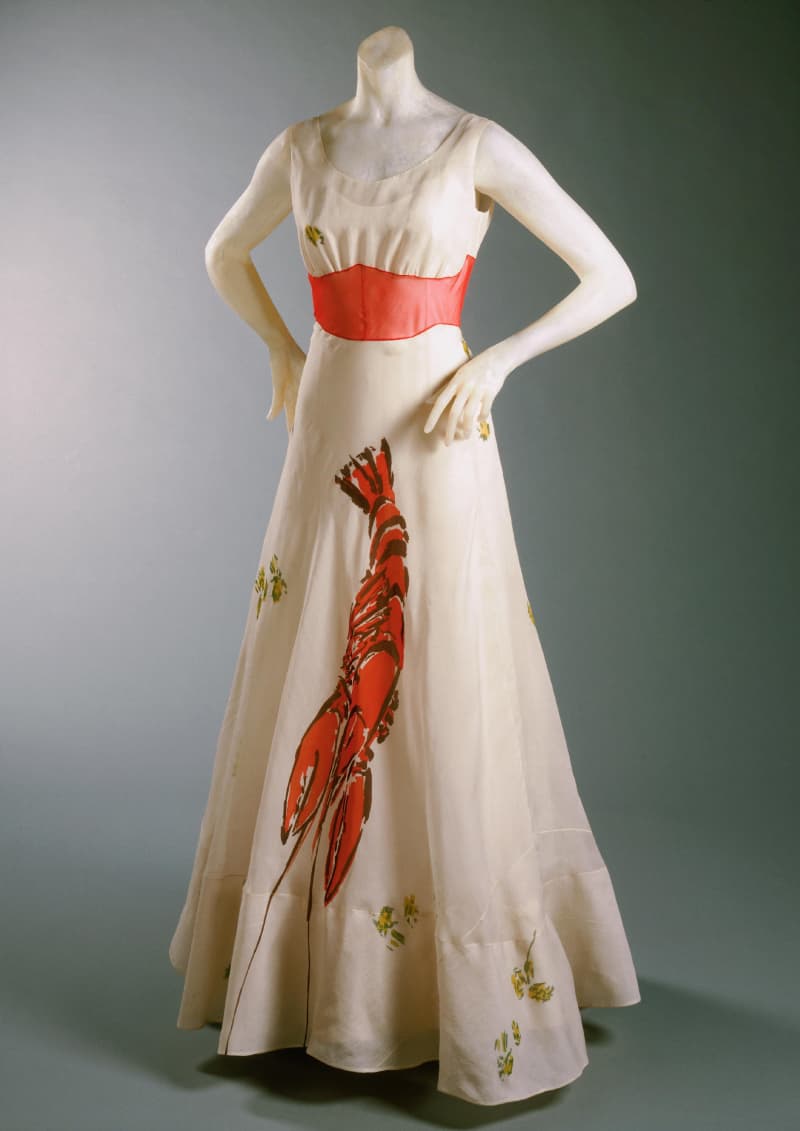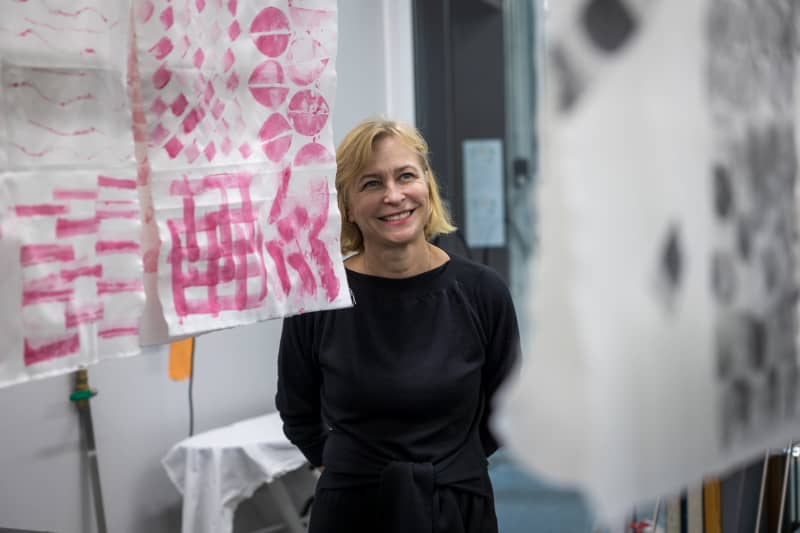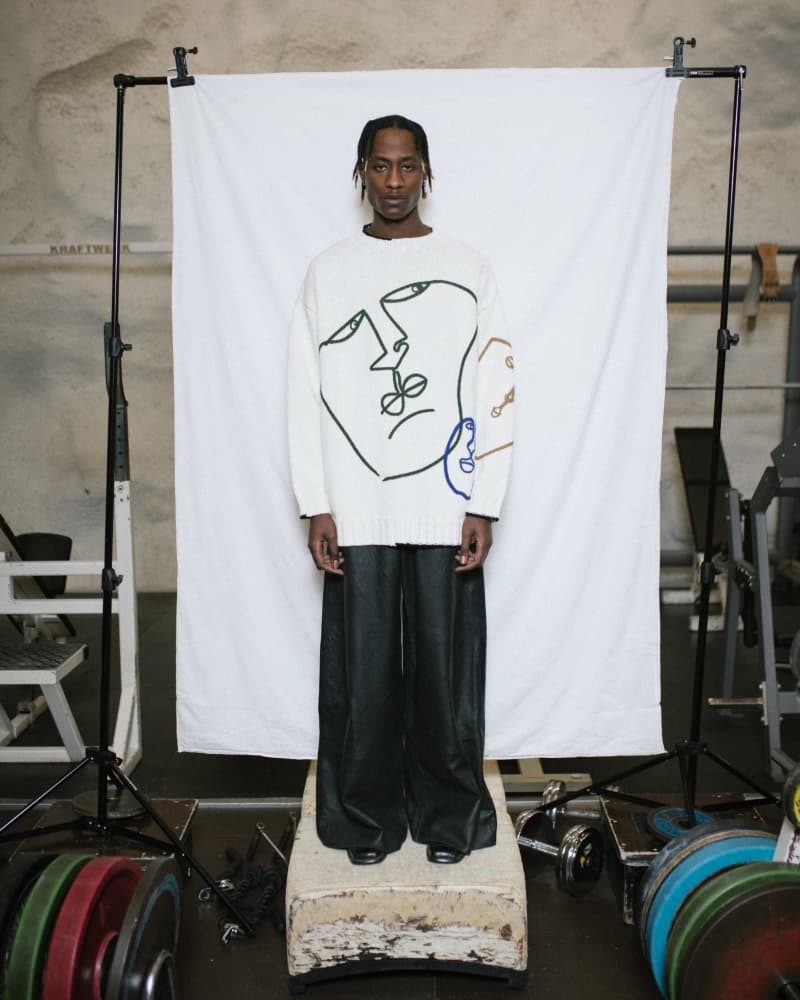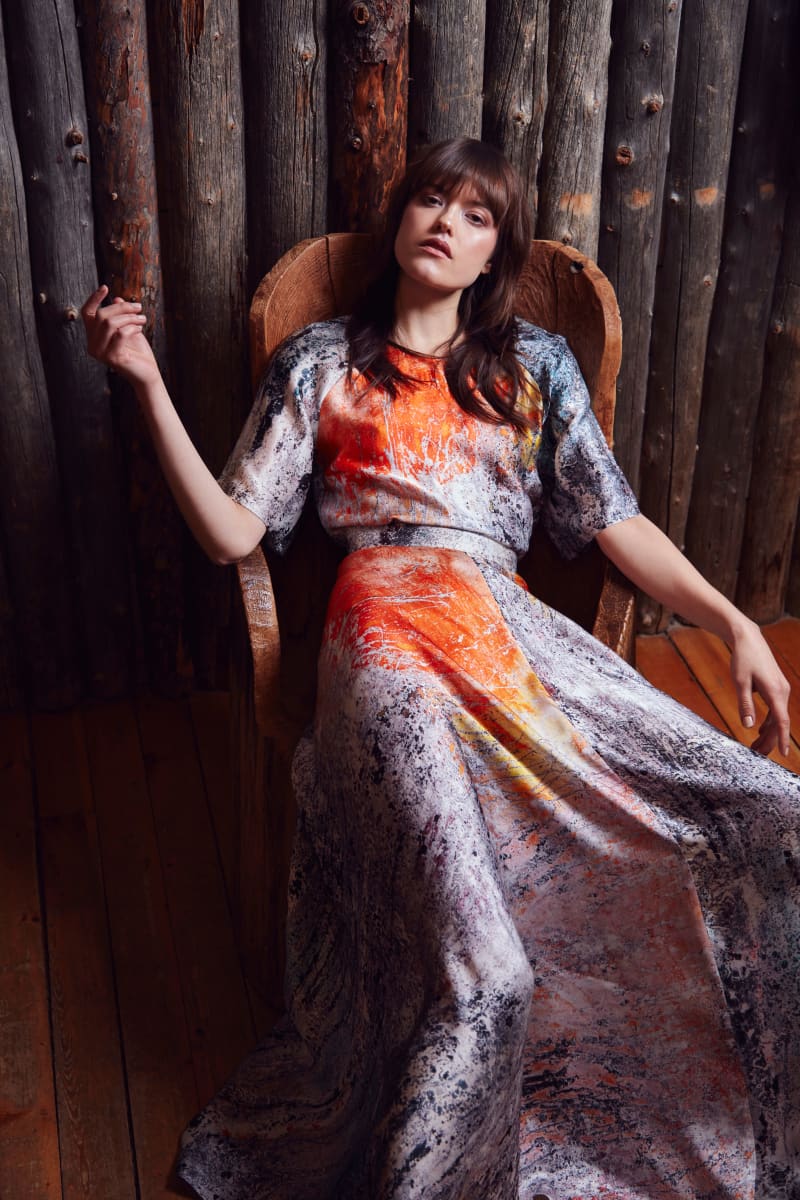The cooperation between fashion designers and visual artists is increasingly visible in domestic clothing brands.
The clothing brand’s business idea is based on cooperation with visual artists. The collection consists of unisex clothes.
– We make fashion clothes in collaboration with artists. The purpose of the clothing brand is to highlight interesting artists and generate financial benefit for them, CEO Onni Ikonen says.
However, Pispala Clothing’s business idea is based on serial production, and Mäenpää’s unique t-shirt is more of a curiosity in the company’s operations.
Ikonen describes the business space as a platform for art and a \”new kind of environment\” where you can also enjoy art. Small-scale live concerts are held in the shop, and a gallery also operates on the ground floor of the current premises.

Fine art has a long tradition in fashion.
– Both Nurmesniemi and Isola used fabric as their canvas. The clothes were really based on the painting and the brush mark, says Salolainen.

EGS ends up in the garment
Despite its young age, Pispala Clothing has already gained a foothold in the core of the contemporary art field. Ikonen founded the clothing brand last year, and next spring Pispala Clothing will launch a new collection for the contemporary art museum Kiama.
Pispala Clothing’s clothing designer Lauri Järvinen is currently working on the collection. Creative director Leena Haldin is involved in the design work. The current collection is the small clothing brand’s most significant work right now. Järvinen’s design work is guided by his own values.
– I always want to make as ethical and ecological fashion as possible, regardless of gender, age or social status, says Järvinen.
He holds discussions with artists about how to make a two-dimensional work of art appear as beautifully as possible on the canvas.
In Kiasma’s collection, Järvinen must also take into account the potential buyer base.
– Of course, I also have to think about that model in terms of what EGS’s consumer base is, for example. How do we get a commercial product and garment made, but it always starts with the artist himself and his work, Järvinen states.
Although Pispala Clothing has gained visibility, the commercial environment is challenging for a young company. The competition is fierce among clothing brands, and Pispala Clothing represents the premium price category.
Särestöniemi appeared in patterns
The collaboration between visual artists and fashion designers has continued in Finland even after Isola and Nurmesniemi, and the phenomenon has become increasingly visible in fashion in recent years. Among others, Samuji and Makia have been involved.

– It’s about the fact that digital printing has made this kind of one-to-one printing possible, textile design professor Salolainen states.
He reminds that digital printing has revolutionized the entire fabric printing industry in the last 10–15 years.
In the past, the production of small batches of fabric was impossible with rotary or screen printing technology.
– Now the fabric can be printed a few meters at a time and huge investments are not needed. It’s the same thing when printing pictures on paper. Batches cannot be large with small clothing brands, which must have flexible production, says Salolainen.
He believes that the collaboration between visual artists and fashion designers speaks well of what fashion is all about.
– The phenomenon tells about where the interfaces between fashion, art and visual art begin and end. It’s ultimately a line drawn in the water.


